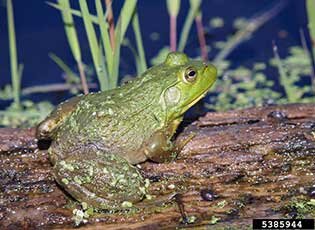If you are interested and/or have experience in invasive species management and climate change adaptation, please take 10-15 minutes to participate in a survey about invasive species in a changing climate. This survey will help shape the strategic agenda and action plan for the newly formed Northwest Regional Invasive Species and Climate Change (NW RISCC) Network.
The NW RISCC Network is a partnership of several regional agencies and organizations dedicated to helping practitioners address the nexus of climate change and invasive species, including plants, animals, and pathogens. The objective of NW RISCC Network and of the survey is to help practitioners within federal, tribal, state, and local agencies and conservation organizations integrate climate change science and adaptation with invasive species prevention, early detection, control, monitoring, and research activities.
As mentioned above, the NW RISCC Network is seeking input from individuals with an interest and/or experience in invasive species management and climate change adaptation. This includes scientists, resource managers, conservation practitioners, field crew personnel, fire managers, agency leads, agricultural specialists, and more. If you would like to participate, please complete the survey by November 25, 2020. Your responses will be summarized (without names) and shared with respondents. You are also encouraged to forward the survey to others who may be interested in participating.
Click here to take the Climate Change and Invasive Species in the Northwest survey.

